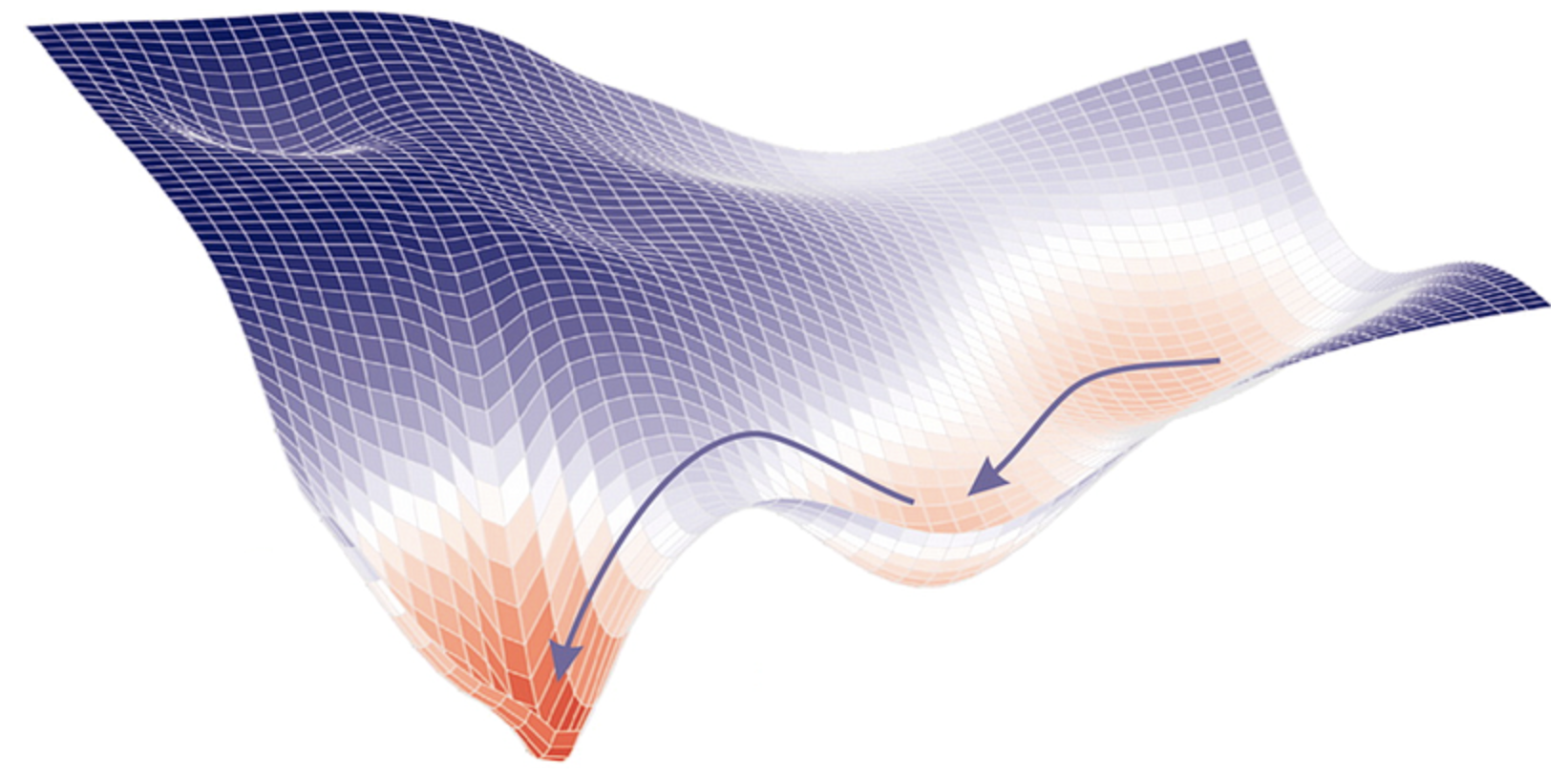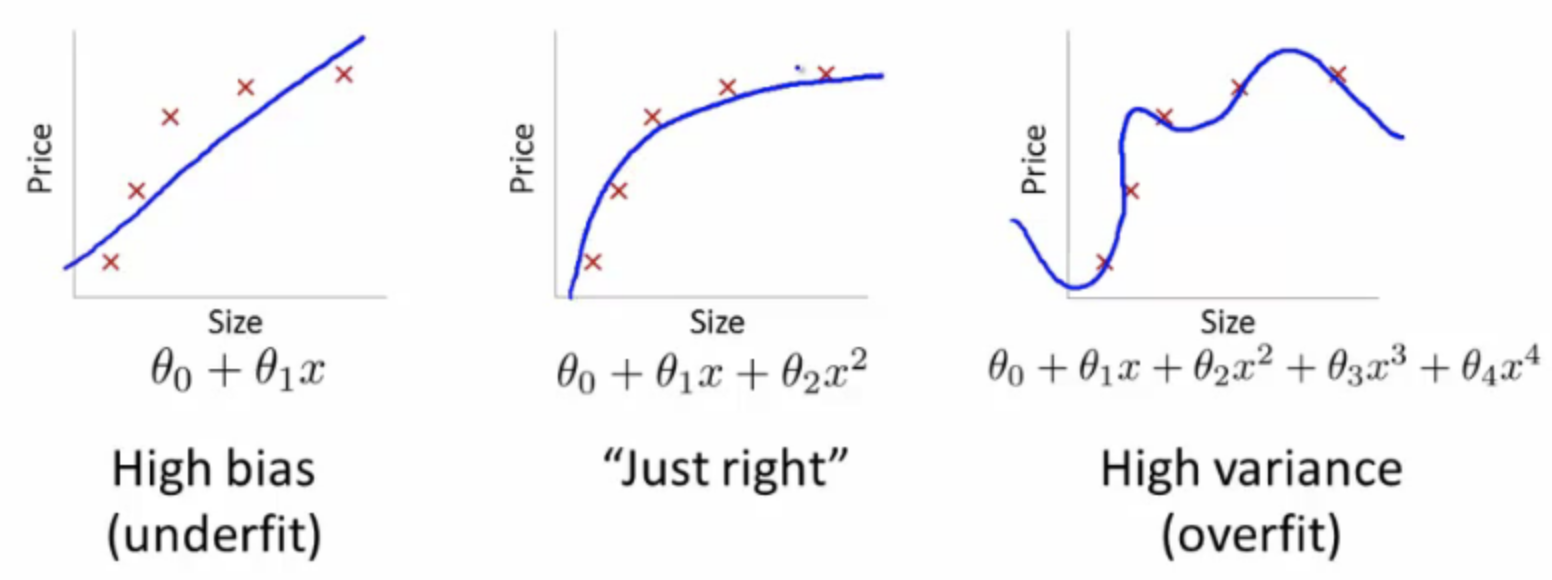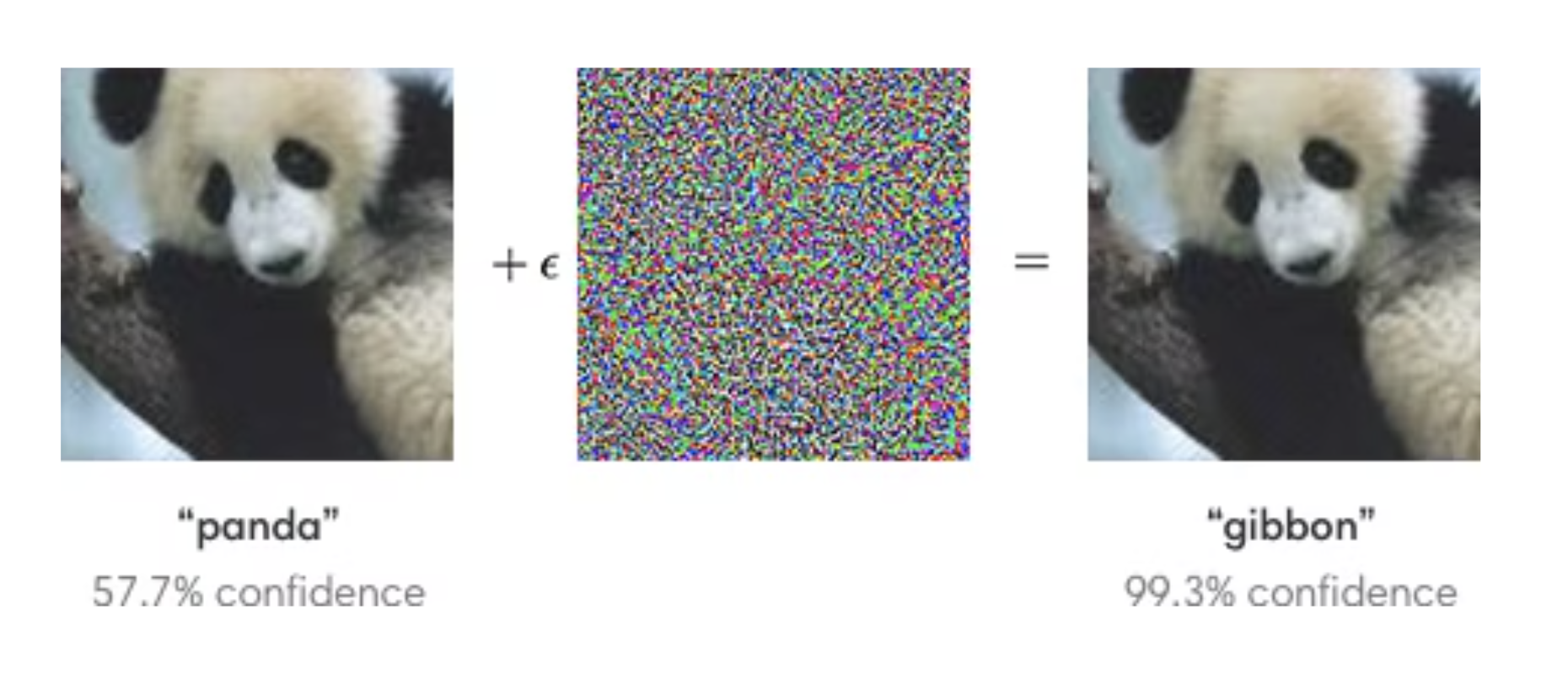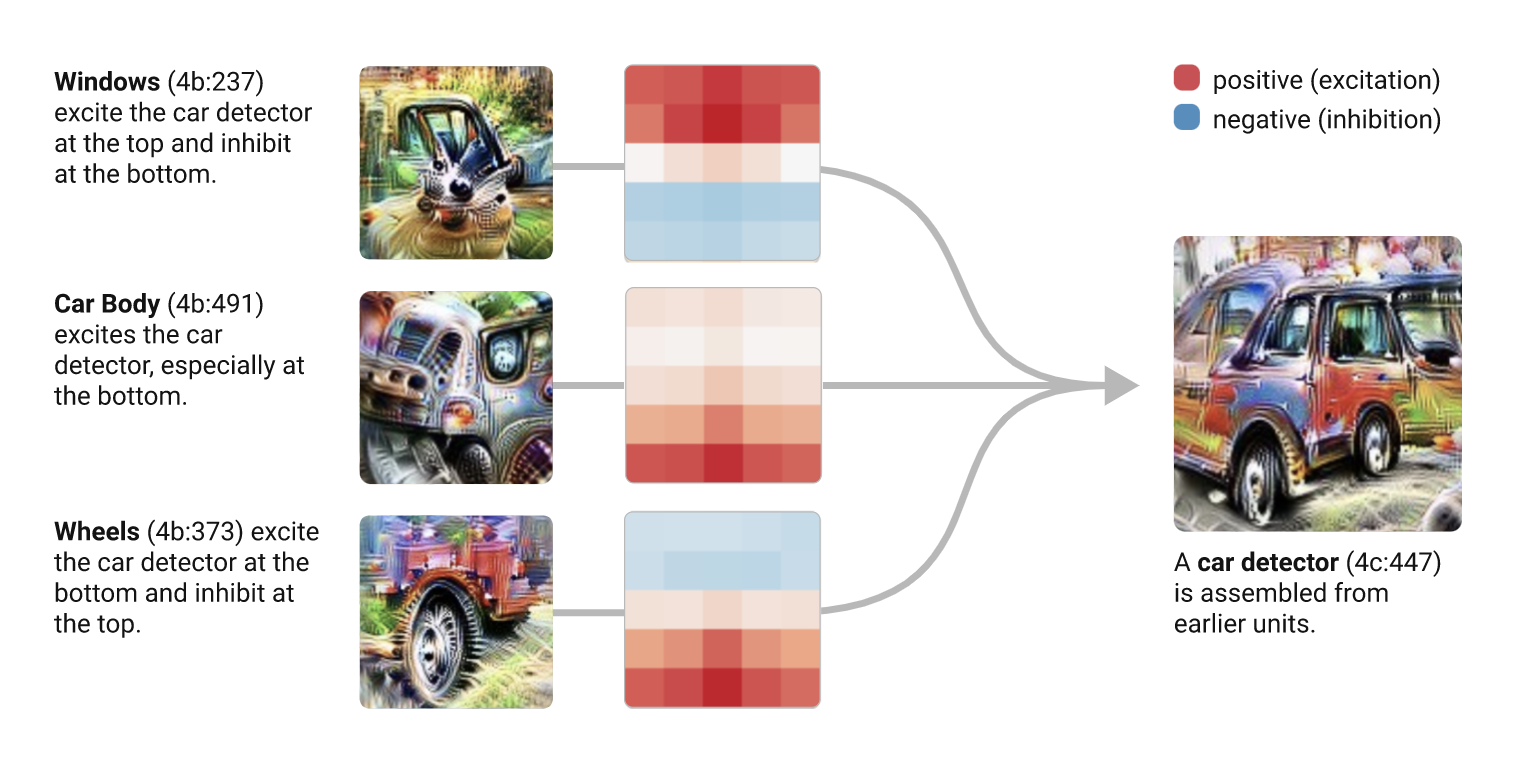Week 3: Deep Learning Session
Week 3: Deep Learning Session
Younesse Kaddar
Philosophy Seminar, University of Oxford
Topics in Minds and Machines: Perception, Cognition, and ChatGPT
1. Introduction
- Some Milestones:
- 1980s-1990s - Backpropagation
- 1998 - Convolutional Neural Networks (CNNs)
- 2012 - AlexNet and the ImageNet competition
- 2013 - Long Short-Term Memory (LSTM) for translation
- 2014 - Generative Adversarial Networks (GANs)
- 2015 - Residual Networks (ResNets)
- 2015 - AlphaGo
- 2017 - Transformers
- 2020 - GPT-3
Importance of Deep Learning in ML and AI
-
Subfield of Machine Learning: Deep Learning is a subset of Machine Learning, a branch of Artificial Intelligence.
-
Diverse Applications:
- Image recognition
- Natural language processing
- Self-driving cars
- Medical diagnosis, etc.
2. Deep Learning Foundations
Neural Networks
- Inspired by biological neurons
-
Three types of layers: input $(x_i)_i$, hidden $(z_j)_j$, and output layers $(o_k)_k$
- Weights and Biases: Learning parameters in a neural network
- Weights $W^l ≝ (w_{i,j}^l)_{i, j}$: strength of influence between nodes
- Biases $b_j$: constant term added to the weighted sum of inputs
\[z_j ≝ \sum_{i=1}^n w_{ij} x_i + b_j \qquad o_k ≝ \sum_{j=1}^m w_{jk} σ(z_j) + b'_k\]

If $X$ is the design matrix, the NN (without the bias terms) is given by:
\[σ(X W^1) W^2\]
Pedagogical sources: Michael Nielsen’s book and 3Blue1Brown
Other references
- Hinton, Osindero, Teh (2006): A fast learning algorithm for deep belief nets. Neural computation.
- LeCun, Bengio, Hinton (2015): Deep learning. Nature.
- Goodfellow, Bengio, Courville (2016): Deep learning. MIT press.
3. Backpropagation
Gradient Descent
- Optimization algorithm used to minimize the loss function
- Iteratively moves in the direction of steepest descent
- Core algorithm in DL for training models

Flavours of Gradient Descent (GD)
- Batch gradient descent: Entire training dataset used to calculate the gradient at each step
- Stochastic gradient descent: Single training example used to calculate the gradient at each step
- Mini-batch gradient descent: Small batch of training examples used to calculate the gradient at each step
- Other variants: Momentum, Adaptive GD
Automatic Differentiation (AD)
- Techniques to compute derivatives of numeric functions expressed as computer programs
- Two modes of AD: forward mode and reverse mode

Backpropagation: a special case of reverse mode AD
- Used to train neural networks by minimizing the prediction error
- Efficiently computes gradients for updating neural network weights
- Introduced in “Learning representations by back-propagating errors” (Rumelhart, Hinton, Williams, 1986)
Cognitive Sciences: Machine Learning as a Form of Automated Reasoning?
- Rescorla-Wagner rule (1972): Pavlovian conditioning
- Backpropagation and AD automate learning from errors
- Reflect on implications for understanding learning and intelligence
4. Scaling Neural Networks
Bias-Variance Tradeoff in Deep Learning
- Bias: Simplifying assumptions made by a model
- Variance: Estimate variability due to different training data
- Bias-Variance Tradeoff: Striking a balance between bias and variance to minimize total error
Introduction to Bias and Variance
- Two fundamental sources of error in predictive models
- High bias: underfitting
- High variance: overfitting

Bias-Variance Tradeoff in Deep Learning
- Tradeoff appears in the form of model capacity, regularization, and the amount of training data
- Increase in network size decreases bias but increases variance
Strategies for Handling Bias-Variance Tradeoff
- Techniques: cross-validation, dropout, batch/layer normalization, early stopping, or gathering more data
- Ensemble methods: combine multiple models’ predictions for lower overall error
Optimizers and Learning Rate Schedulers
Introduction to Optimizers
- Momentum: term added to the update rule, proportional to the previous update.
- Adaptive GD: different learning rate for each parameter:
- frequently updated ⇒ smaller learning rate
- not been updated frequently ⇒ larger learning rate
Learning Rate Schedulers
- Adjust learning rate during training
- Determine step size at each iteration while moving toward a (local) minimum of the loss function
6. Adversarial Attacks
Small modifications to input data can cause wildly incorrect outputs: Goodfellow, Shlens, Szegedy (2014)

- Serious implications in sensitive areas such as facial recognition, autonomous vehicles, and cybersecurity
- Philosophically: what do NNs recognize?
7. Understanding Neural Networks: Visualisations and Type Theory
- Chris Olah’s blog, Distill.pub
- Techniques like feature visualization show what a neural network learns and how it understands images

Functional programming for neural networks:
- Formal system to describe function behavior
- Can be used to describe behavior of neural networks in a precise, formal way
8. “Dark Matter of Intelligence”
Self-Supervised Learning (SSL)
- Model is trained on unlabeled data: learns to predict missing parts of the input data (eg. next word in a sentence or part of an image)
SSL has several advantages over supervised learning:
- Does not require labeled data (expensive and time-consuming)
- Can be used to train models on very large datasets (better performance)
- Can be used to train models on data that is not easily labeled (eg. natural language text)
⟶ Yann LeCun: “Dark Matter of Intelligence”
9. Introduction to Attention Mechanism
Attention Mechanism in a Nutshell
- Focus on relevant parts of input data to make decisions
- Improves performance in various applications, especially in NLP tasks
How Attention Works
- Computes a score for each item in the input sequence
- Scores determine focus when producing
